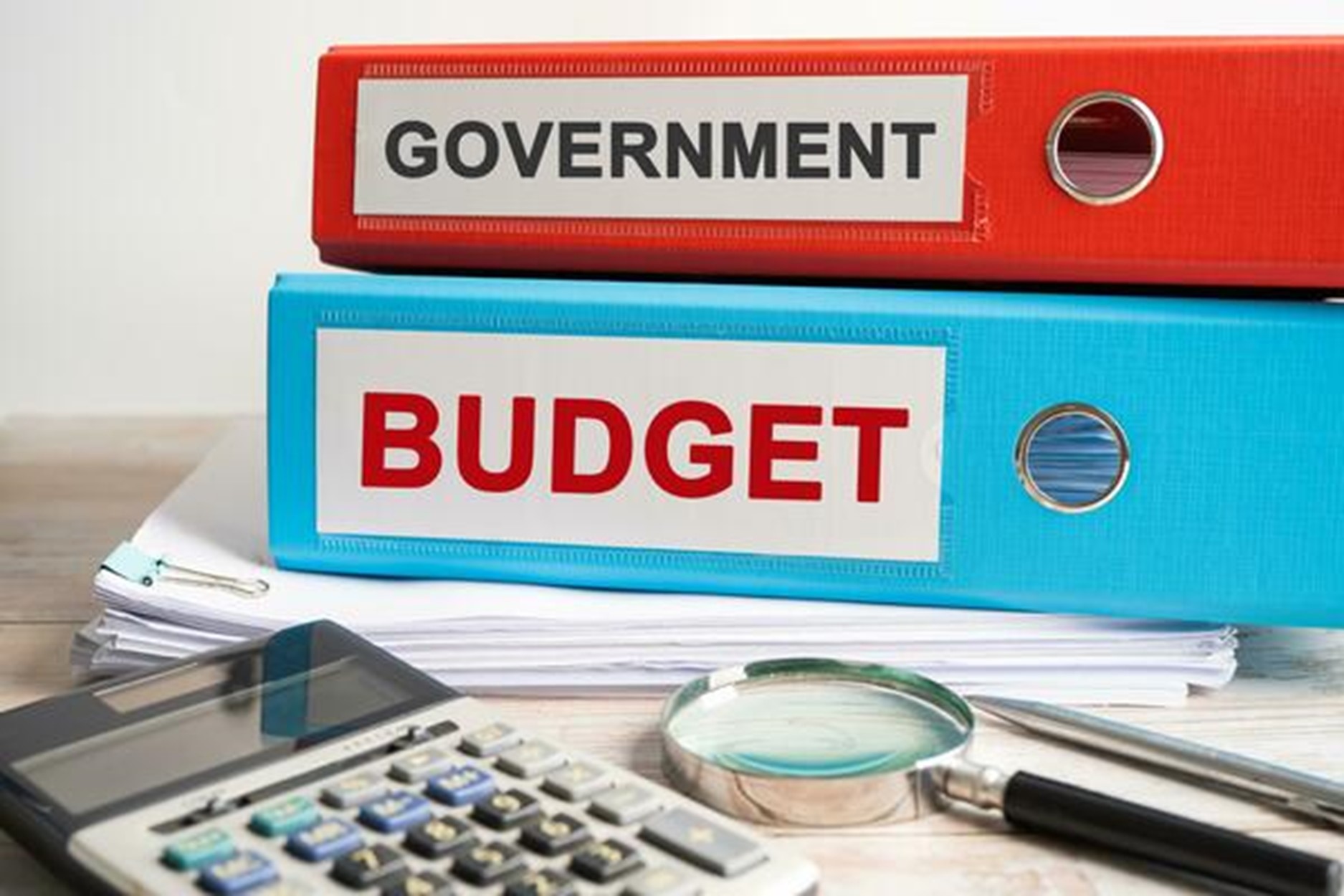

When I was a kid, my grandmother would often say: “A pinch and a punch for the first of the month!” And it would actually come with a small pinch (a pinch of salt was believed to ward off witches!) and a punch! They were tougher days that wouldn’t pass the hard-making, watchful eyes of modern parents.
Well, it’s the first day of July and the 2024-25 financial year and there are changes on the way at a time when Prime Minister Anthony Albanese has to be worried about his recent punching in the polling, the stubbornness of inflation and the increasing call from economists who want the RBA to pinch more money off home loan sufferers by raising interest rates.
While some economists are ramping up the pressure for a higher cash rate to burn inflation out of the economy, Treasurer Jim Chalmers thinks his generous Budget and those of his Labor premiers in the states won’t keep inflation high at its current 4% level.
Remember, inflation has to look like it’s heading to the 2-3% band before the RBA will think about cutting, so the readings on unemployment and the CPI reading late in July could be critically important to what the RBA will do on rates.
However, July 1 starts an avalanche of ‘nice’ changes for anyone feeling the pinch right now. While this has economists arguing that it could help keep inflation elevated, the Treasurer told Sky News yesterday that aspects of his budget (such as energy bill relief) would actually work against those changes that could add to inflation. In reality, he’s relying on the economic model of his Treasury public servants to be right about where inflation will be at year’s end, when he has publicly tipped that interest rates will be ready to fall.
That was a big call, which could be critically important for his reputation and the PM’s gig!
Let’s look at the changes in brief, which were more graphically outlined by Duncan Evans in The Australian. Here are the big, positive changes starting today:
1. Stage 3 tax cuts start today and will show up in your next pay.
2. There’ll be an extra $350 to $4,500 each year, depending on your income, with lower income Australians the greatest beneficiaries.
3. The minimum wage is increasing by 4% with that wage going from $23 per hour to $24, or about $916 for a full working week compared to a previous $880 per week.
4. 10 million households will receive $300 in energy bill rebates.
5. Compulsory super (paid by your boss out of your wage and into your super fund) goes up from 11% to 11.5%.
6. As of today, the amount of leave that eligible parents can access under the Federal government’s paid parental leave scheme goes up from 100 to 110 days.
You don’t have to be an economist like me to work out that most of these changes put money in people’s pockets, and many Aussies will go out and spend it, which could make it easy for price-setting businesses to keep prices elevated or even make them increase prices. This isn’t good for inflation or interest rate cuts.
However, you don’t have to be an economist to know that history says lower income consumers spend most of a tax cut, while richer people save a lot of their tax cuts. This means the tax cuts, which favour lower income taxpayers, could prove bad for inflation, unless the world is changing, and economic theory is out of date.
You see, the Daily Telegraph looked at NAB’s research on we Aussies and has found that:
1. More than a third (or 36%) plan to save extra money rather than splurging on non-essentials.
2. A majority of Gen Z Australians (or 53%) will save rather than spend and 49% of those earning between $100,000 and $150,000 will likely choose frugality over extravagance.
3. Some 29% plan to beat back higher living costs with the cash boost, while 22% will use it to pay down debt.
4. One in three Australians are saving for a holiday or adding to a rainy-day fund.
5. One in four are saving for a home.
6. And one in five are saving for retirement.
Best of all for inflation and the jobs of Jim Chalmer and Anthony Albanese was the finding that “almost eight in 10 said they were trying to save more money and on
average, Australians are looking to get to about $17,000 in savings.”
The more we save from these tax cuts, the better it will be for inflation. But there’s also a lot of pressure on businesses to pay slightly higher wages and super and that could lead to upward pressure on prices.
The best implication of all these July 1 changes is that they save us from recession, but the jury is out on whether they will help inflation fall, such that it delivers a rate cut by say Cup Day or by December.